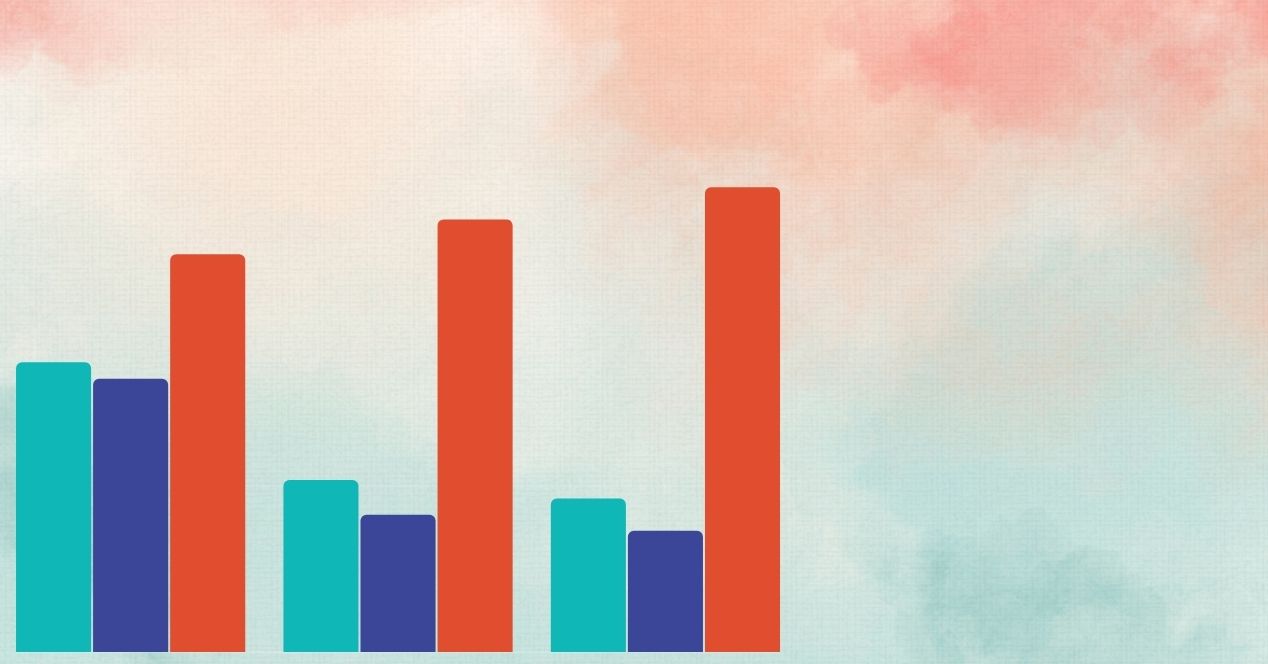Analysis
Though 80,346 cases remain pending in the top court, hope persists
The Supreme Court disposed of a record number of cases in 2023. Will it be enough to tackle the growing pile of pendency?

I remember the year-end rush at Supreme Court Observer in 2021. While writing our annual Court Data piece on pendency, we couldn’t help but worry about the whopping 70,239 cases gathering dust. With the COVID-19 whiplash, recovery seemed far from certain. Fast forward to 2023, and the pile of pending cases has officially crossed the 80,000 mark. Yet, I’m more hopeful this time around.
Indeed, the pandemic had a catastrophic effect on pendency. In 2019, the backlog was almost 60,000. In 2020, the number shot to 65,086, and by 2021 there were 70,239 pending cases. When 2022 closed, pendency was at a staggering 78,797 cases.
The main factor was that the Court, yet to be equipped with video conferencing for daily functioning, came to an abrupt halt for parts of 2020. It later experimented with combinations of online and hybrid models in an attempt to regain normalcy.
One PIL filed in 2022 claimed that the pendency problem could be solved by doubling the strength of judges from 34 to nearly 70. But the Court refused to entertain the petition, saying that it is “overburdened because of the system” and not because of an insufficient number of judges.
What will it take to clear this gargantuan pile? This year, the Court’s administration seems to be cracking the code. With technology as a “steadfast ally,” the Court introduced several systemic reforms, such as updating its e-filing systems for faster processing, introducing automatic listing, and constituting 166 Special Bench sittings to hear urgent cases. With this, the number of disposed cases increased from 39,800 in 2022 to 52,220 (as per the data on the National Data Judicial Grid on 24 December 2023).
But the initiatives to improve ease of access were followed by an increase in the number of cases filed. In contrast to the 36,565 cases filed last year, 53,753 cases were filed in 2023. As the CJI once said, access to the Supreme Court had widened “to a point that it is becoming dysfunctional.”
But here’s why I remain hopeful. The first two years of the pandemic saw a jump in over 5,000 cases each, followed by an alarming increase of 8,558 cases from 2021 to 2022. This time, the steep curve nearly flattened with an increase of just 1,549 pending cases from 2022. The numbers appear particularly impressive, because the Court began to count miscellaneous applications, unregistered cases, defective matters and other such criteria in its official pendency numbers from November 2022. This means that the Court has cleared nearly as many cases as were filed this year.
Institutional reforms need time, persistence and stability to take root. The incumbent CJI has another year at the helm so there is some time for the reforms to be institutionalised. After that, the Court is expected to have two CJIs in 2025 who will each have roughly six-month tenures. It will be up to them and those who follow to stay on course.
This article was first featured on SCO’s Weekly newsletter. Sign up now!
Subscribe here



